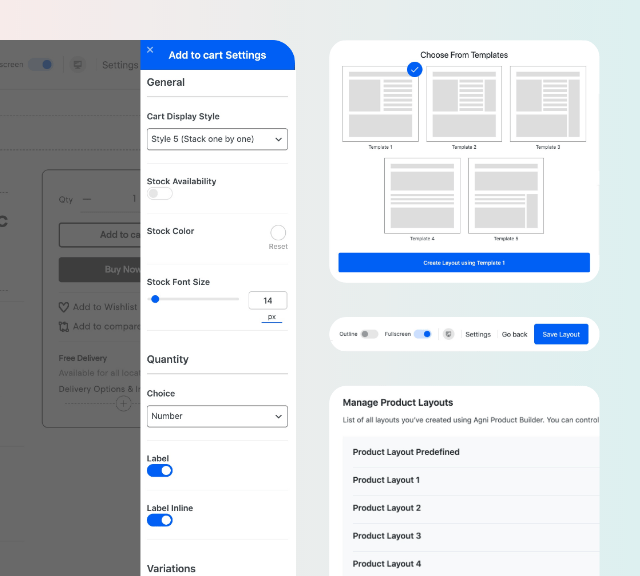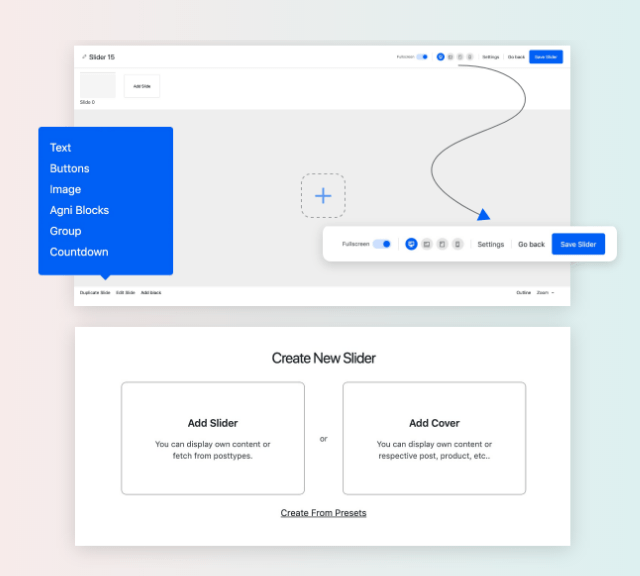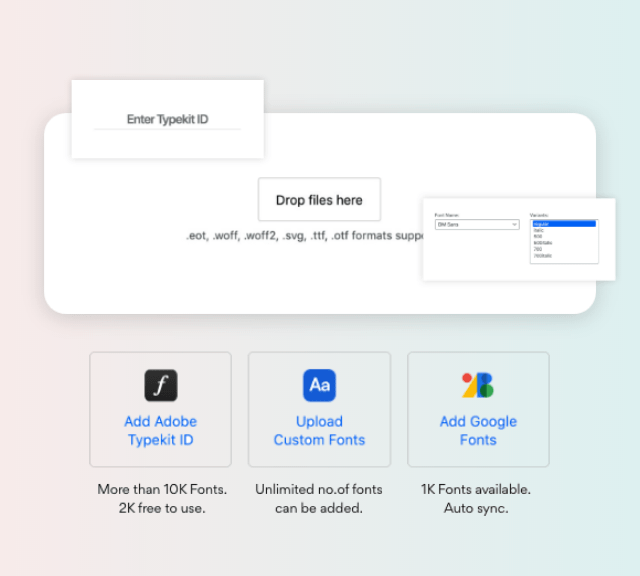The BOL contains all the pertinent details required to ship the product and then invoice the transaction correctly once the transaction is completed. The terms consignor and consignee are often flipped in people’s minds, so why doesn’t the freight industry not just use shipper and receiver. We’ll get back to that question shortly, but let’s start with the definitions of both. An intermediate consignee is a party that receives a shipment on behalf of the ultimate consignee. The ultimate consignee is the intended final recipient of a delivery, which is forwarded to it by the intermediate consignee.
The cartons, boxes, or containers should adequately protect the goods from exposure and impact. This way, you’ll avoid costly mistakes and help protect yourself from legal liabilities. It’s also crucial to learn about different terms commonly used in the import, export, logistics, and eCommerce businesses. The bill of lading (BOL) is the document required in the shipment process that provides all parties, the consignor, consignee and carrier.
What is a consignee? All you need to know about the consignment process
A freight forwarder can be considered an intermediate consignee. So, with the above definitions in mind, the reason the terms consignee and consignor are used is because a company ships its products on consignment. The owner of the cargo consigns the product to a freight carrier for transporting it to the consignee. The ownership of the freight does not legally change until the recipient of the goods signs the BOL. Straight bills of lading by land or sea, or air waybill are not documents of title to the goods that they represent. They do no more than require delivery of the goods to the named consignee and (subject to the shipper’s ability to redirect the goods) to no other.

This differs from “order” or “bearer” bills of lading, which are possessory title documents and negotiable, i.e. they can be endorsed and so transfer the right to take delivery to the last endorsee. This aspect of shipping law is regulated by the Hague Rules, and the laws of individual countries, e.g. the UK Carriage of Goods by Sea Act 1992 and the U.S. There is some international dispute as to whether the consignee on a straight bill must produce the bill in order to take delivery. The U.S. position is that the person taking delivery must prove his or her identity but, as in Hong Kong, there is no need to present the bill itself. A consignee is the party identified on shipping documents as the recipient of goods to be delivered.
Consignee definition
The consignor has to secure the required certifications and customs clearance so that the goods can leave the port of origin and get accepted at the destination port. For example, the destination country usually requires a certificate of origin from the exporting country’s Chamber of Commerce or other authorised agencies. Health certificates might also be required, especially if the products are food items. Those parties have different duties (e.g. who pays for what, who is liable, who is in charge).
Is consignee the sender?
If a sender dispatches an item to a receiver via a delivery service, the sender is the consignor, the recipient is the consignee, and the deliverer is the carrier.
In addition, the packaging should include product details and handling instructions (and should be properly labelled if they’re hazardous goods). This way, the carrier can properly handle the shipment and ensure that transport conditions are appropriate to the products’ type, quantity, and quality. A consignee is a person or company to whom goods is to be delivered to. The stakeholders in the transportation process are the consignee, consignor and carrier. The consignor dispatches shipments to the consignee via a delivery service provider who is the carrier.
Words nearby consignee
The consignor may handle all the necessary loading and unloading or outsource it to a third party. The consignor will also choose and coordinate https://accounting-services.net/accounting-methods-for-long/ with the carrier or forwarding agent. The goal here is to help maintain the products’ quality and condition during transport.
- In other words, a consignment is an arrangement between the sender and receiver regarding the delivery and receiving of goods.
- The terms consignor and consignee are often flipped in people’s minds, so why doesn’t the freight industry not just use shipper and receiver.
- This way, the carrier can properly handle the shipment and ensure that transport conditions are appropriate to the products’ type, quantity, and quality.
- In this case, you are the consignee (importer), and the manufacturer is the consignor (exporter).
- The consignor should still ensure everything’s done according to instructions before the carrier transports the goods.
- This differs from “order” or “bearer” bills of lading, which are possessory title documents and negotiable, i.e. they can be endorsed and so transfer the right to take delivery to the last endorsee.
In an international shipment, for example, multiple and intermediate receivers and carriers might be present. A third party might do the packing and labelling if the consignor outsources the task. The consignor should still ensure everything’s done according to instructions before the carrier transports the goods. The bill of lading (BoL) acts as a contract of carriage between the consignor and the Consignee. If the consignee and notify party are different, instead of “Sold to” on the bill of lading, the consignee is referred to as “Ship to”. The details of the notify party need to be mentioned under “Sold to”.








































